The [HIRAKI project] presents Deichu no Gin by Ginza Motoji.
Dyeing fabric with mud is a traditional technique which has been practiced on the island of Amami Oshima for over 1,300 years. Amami Oshima is blessed with bountiful fauna and flora, including scores of native plants, trees, and iron rich mud.
The HIRAKI project aims at exploring the possibilities of dying using mud and dye from various plants found on the island of Amami. Using natural dye, kimono from Amami Oshima are famously dyed a deep dark black. This is achieved by the chemical reaction of the tannic acid in the dye from the techigi tree, and the iron from the mud. Inspired by this, we set out on a journey to find chemical reactions that create new colors. We aim to look at tradition with a new perspective.
Five fabrics will be dyed with mud, as well as one other natural dye each to help add color and power the chemical reaction. These dyes include, willow, suou, fukugi, indigo, and finally, the traditional techigi.
Project Members
The dyer, Yukihito Kanai, and the weaver, Shinya Yanagi, will present 5 textiles using 5 different dyestuffs to create new, never seen before shades of black.
The Japanese character for cloth, 布, is typically pronounced as 'nuno.' However, in the Amami dialect, it is pronounced as 'Gin.' This unique variation has inspired the name of a project; Deichu no Gin

Event
Hiraki Project; Deichu no Gin
Location <Amami Oshima>
February 14 (Tue) - 16 (Thu), 2023, 10:00 - 17:00
Ancient Natural Dyeing Workshop
Kanai Kogei 2205-1 Toguchi, Tatsugo Town, Oshima-gun, Kagoshima Prefecture
Dechu no Gin
Location <Tokyo >
April 14( Fri) - 16( Sun), 2023 11:00 a.m. - 7:00 p.m.
Ginza Motoji Waori・Wasen ( 4-8-12 Ginza, Chuo-ku, Tokyo)

Yukihito Kanai
Dyeing Artisan, born in 1979 in Amami Oshima.
Yukihito Kanai is the successor of Kanai Kogei, a workshop which takes the role of mud-dyeing on Amami-Oshima silk.
Kanai actively explores the possibilities within the realm of dyeing, and regularly collaborates with contemporary fashion brands and dyeing materials other than textiles. His attitude of adopting traditional techniques from a new perspective has won him the favor of many different makers and artisans.

Shinya Yanagi
Dyeing and weaving artisan, born in Tokyo in 1987.
Shinya Yanagi is a relation of Muneyoshi Yanagi, the founder of the Japanese folk-art movement which shaped the landscape of textiles in Japan in the early 20th century.
After studying interior design and then working for an architectural firm, Shinya entered the "Yanagi Dyeing and Weaving Studio," ran by Yanagi Takashi the second-generation owner, and began her career in dyeing and weaving. After two years learning the ins and outs of the craft, he exhibited work under his own name at the Japanese Folk Art Exhibition. In 2019, he received the Japan Folk Art Exhibition Encouragement Prize, and in 2021, he became independent.
Mingei is "the energy of handcraft," he says. While the creation of thread and the weaving of fabric is in his DNA, he stands out with his truly contemporary sensibilities which result in incredibly fresh work.

Keita Motoji
Born in 1984. Born in Tokyo.
Keita Motoji is dedicated to making the wearing of kimono a viable fashion option for everyone. In pursuit of this goal, he has immersed himself in the industry, traveling all over Japan to connect with artists and production regions, and has developing original products for the contemporary kimono wearer. He also organizes events that allow customers to participate in the process of making kimono and workshops that showcase the beauty of traditional Japanese handicrafts to the younger generation. Through these endeavors, he is actively working to promote kimono culture both domestically and abroad.
 名古屋帯
名古屋帯
 袋帯
袋帯
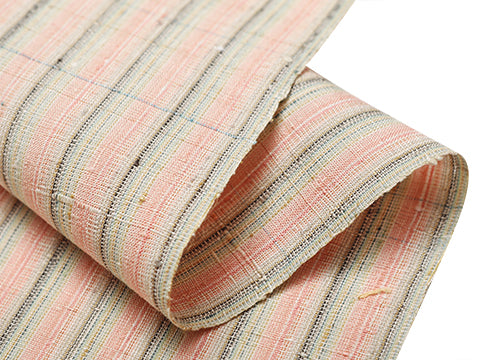 紬・綿・自然布
紬・綿・自然布
 小紋・江戸小紋
小紋・江戸小紋
 訪問着・付下げ・色無地ほか
訪問着・付下げ・色無地ほか
 浴衣・半巾帯
浴衣・半巾帯
 羽織・コート
羽織・コート
 肌着
肌着
 小物
小物
 履物
履物
 書籍
書籍
 長襦袢
長襦袢
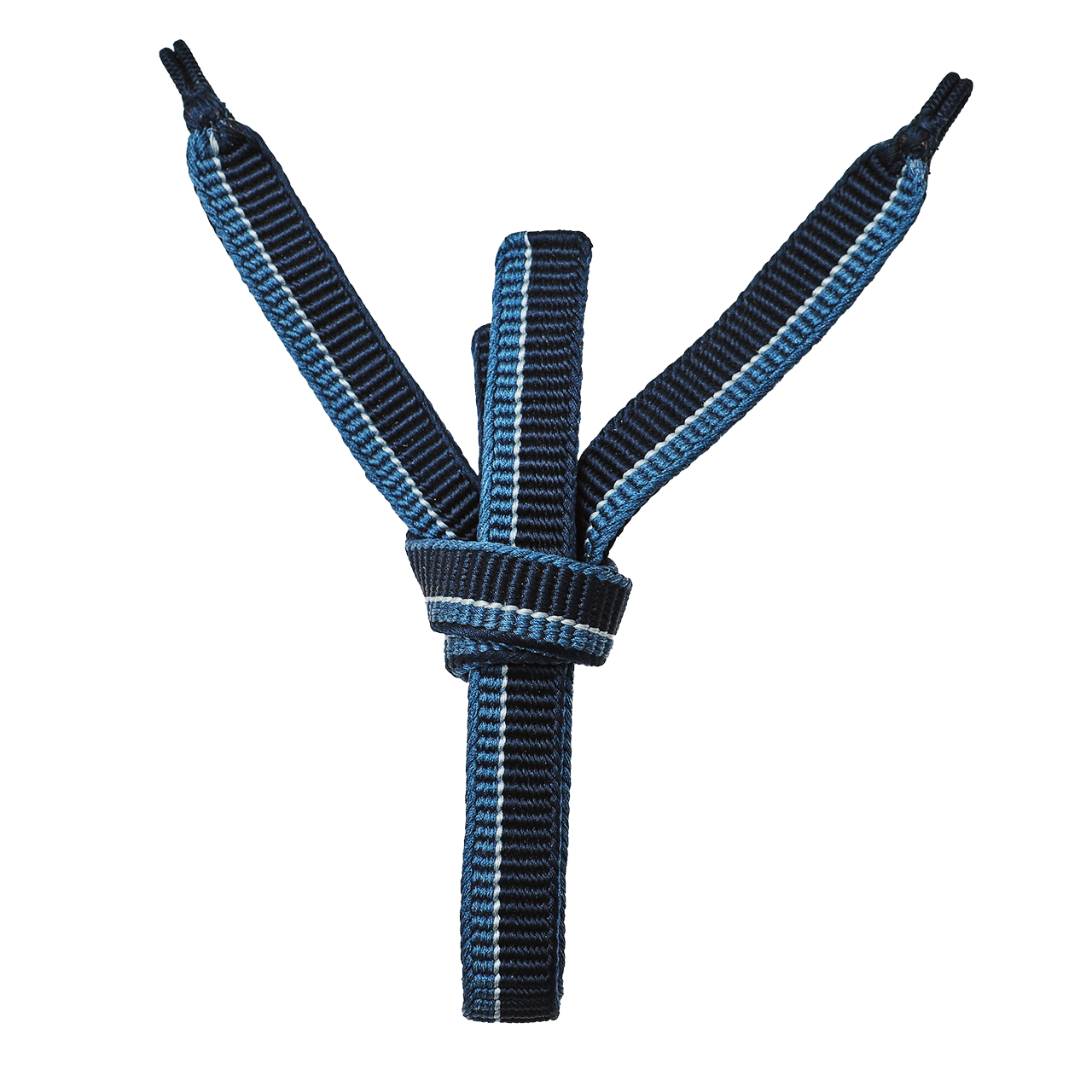 小物
小物
 帯
帯
 お召
お召
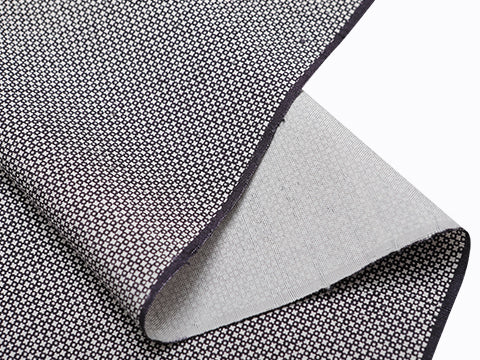 小紋・江戸小紋
小紋・江戸小紋
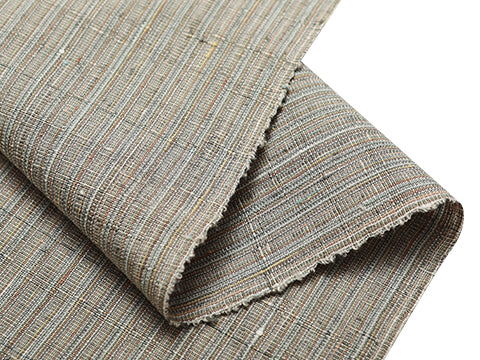 紬・綿・自然布
紬・綿・自然布
 袴
袴
 長襦袢
長襦袢
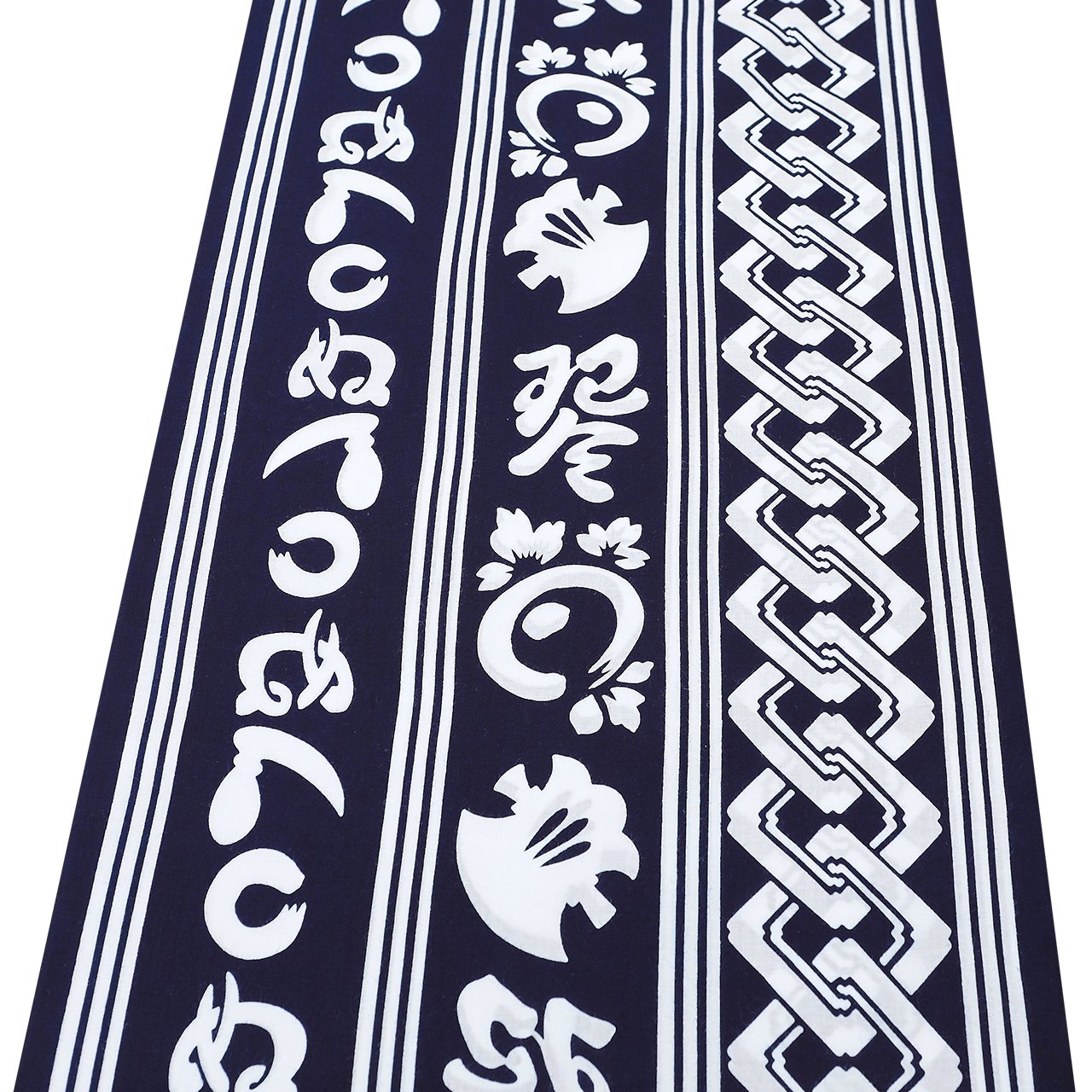 浴衣
浴衣
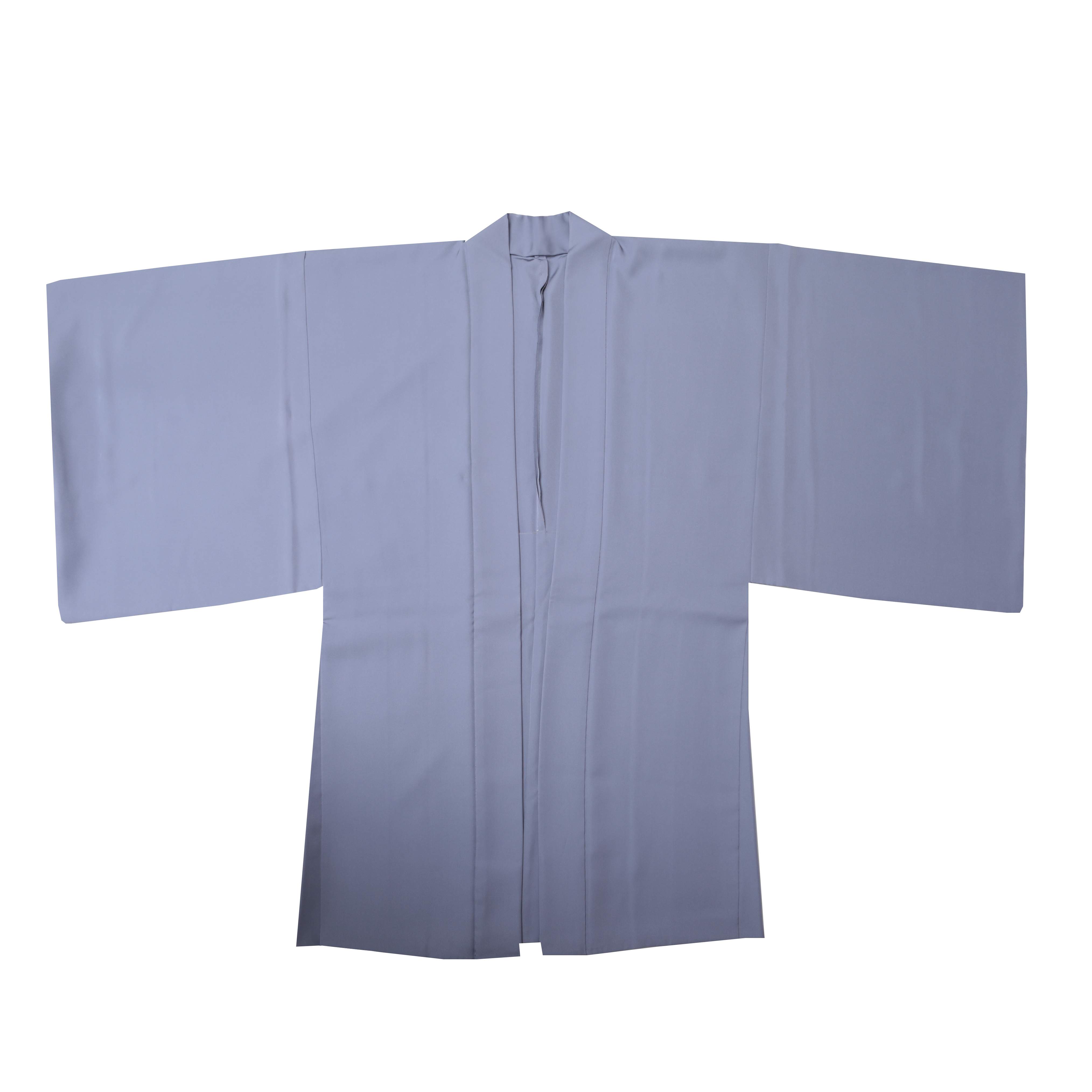 羽織・コート
羽織・コート
 額裏
額裏
 肌着
肌着
 履物
履物
 紋付
紋付
 書籍
書籍
